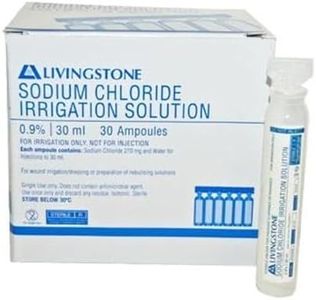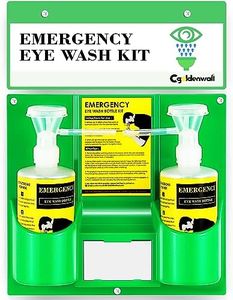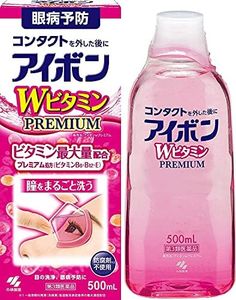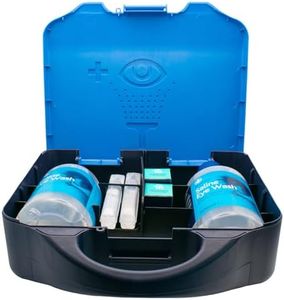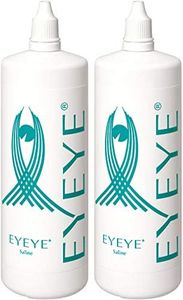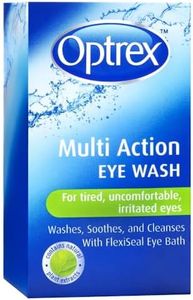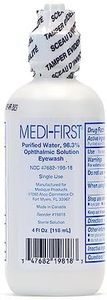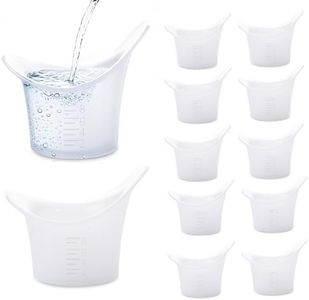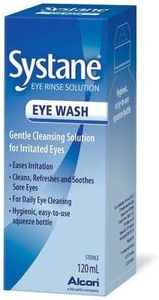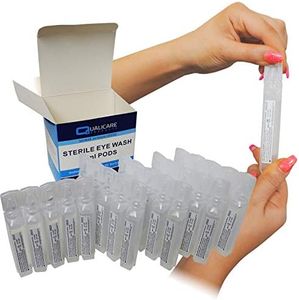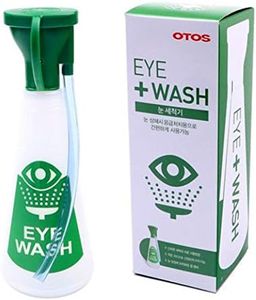We Use CookiesWe use cookies to enhance the security, performance,
functionality and for analytical and promotional activities. By continuing to browse this site you
are agreeing to our privacy policy
10 Best Eye Washes
From leading brands and best sellers available on the web.Buying Guide for the Best Eye Washes
Choosing the right eye wash is important for safety, especially in places where there is a risk of chemicals, debris, or irritants getting into your eyes. Eye washes are used in both home and workplace environments, and picking the best one depends on what risks you might face, how quickly you need to use it, and how accessible and effective the product is during emergencies.Type (Stationary vs. Portable)The type of eye wash refers to whether the unit is fixed in a specific location (stationary) or can be moved around (portable). Stationary eye washes are often installed where hazardous materials are handled frequently, like in labs or workshops, because they're always ready and available within seconds. Portable units come in bottles or small devices that can be carried around, good for areas that don't always have a water connection or for fieldwork. If you work in a stationary setting with ongoing risk, a fixed unit is best; for occasional or changing locations, choose portable.
Activation MechanismThe activation mechanism is how you start the flow of water or solution to rinse your eyes. Some units have a push handle, foot pedal, or just need the bottle to be squeezed or flipped open. Quick and easy activation is vital because every second matters after an eye incident. Make sure the activation matches what you can use instantly and comfortably—test out different types to see what feels most intuitive for you.
Flow Duration and VolumeFlow duration is how long the eye wash can provide a steady stream of liquid to rinse your eyes, and volume is how much liquid is available. Longer durations (generally 15 minutes) are recommended by safety standards because it's considered enough time to flush most contaminants. Lower capacity units may only allow short rinses, which are better as a first aid until you can get professional help. If the risk of getting strong chemicals in your eyes is high, look for a unit with a longer and steadier flow.
Solution Type (Saline vs. Tap Water)Eye wash solutions are commonly either sterile saline or potable tap water. Saline closely matches the body's natural fluids and can feel gentler, especially for sensitive eyes, while tap water systems are often more practical for high-traffic areas. Choose saline-based washes if you're concerned about infection or have a sensitive use case. For rapid, immediate response to chemical exposure, either can work, but saline is often preferred for its comfort.
Installation and AccessibilityInstallation refers to how and where the eye wash is set up, and accessibility means how easy it is to reach and use during an emergency. Safety guidelines often require eye washes to be located within a certain number of seconds from any hazard. Make sure the unit is clearly marked, always accessible, and nothing blocks your path to it. For home use, store the unit in a visible, easy-to-reach place.
Maintenance RequirementsMaintenance is about keeping the eye wash clean, checking that it's full (if portable), and ensuring it's working properly. Some units require regular flushing or changing of solution to stay sterile and functional. Look for products with simple, regular checks and reminders to keep everything ready—this is crucial, as an unused or expired unit won’t help in an emergency.
